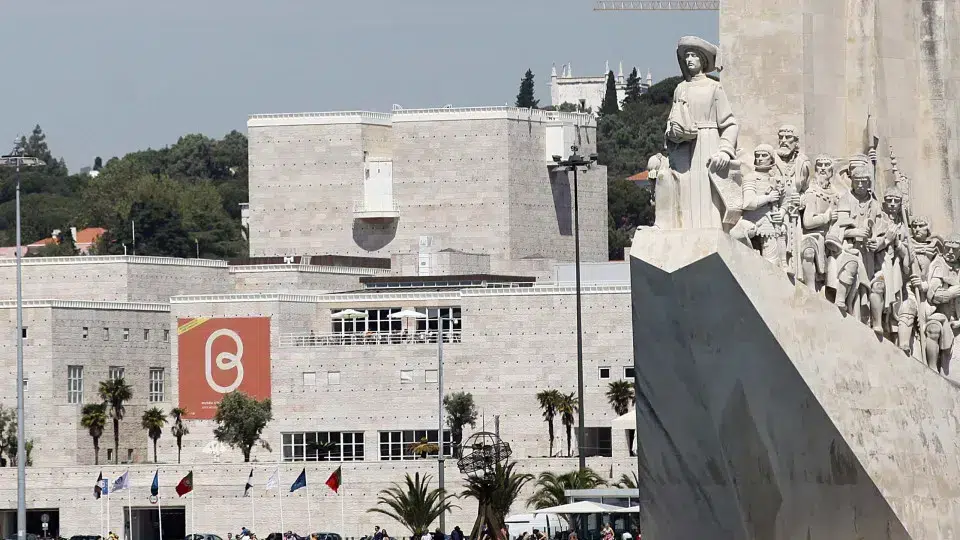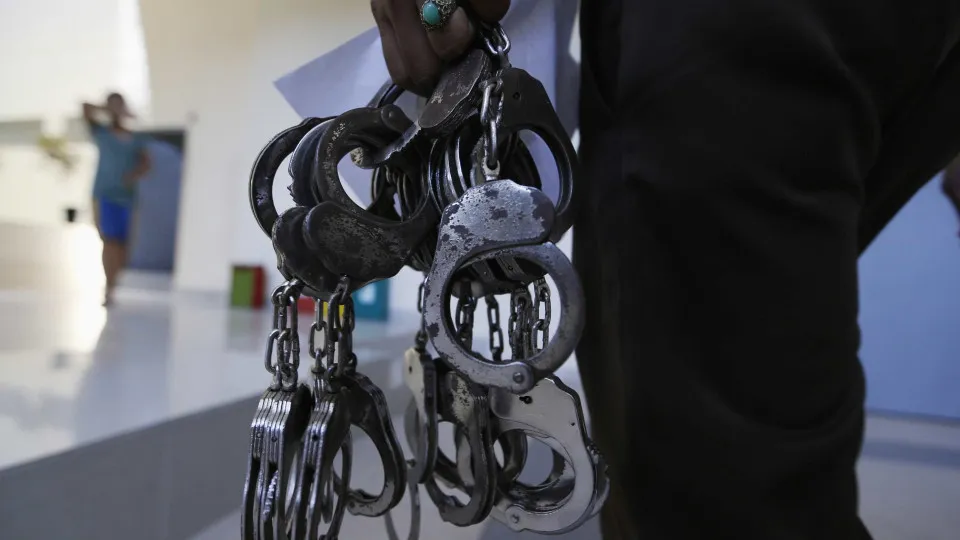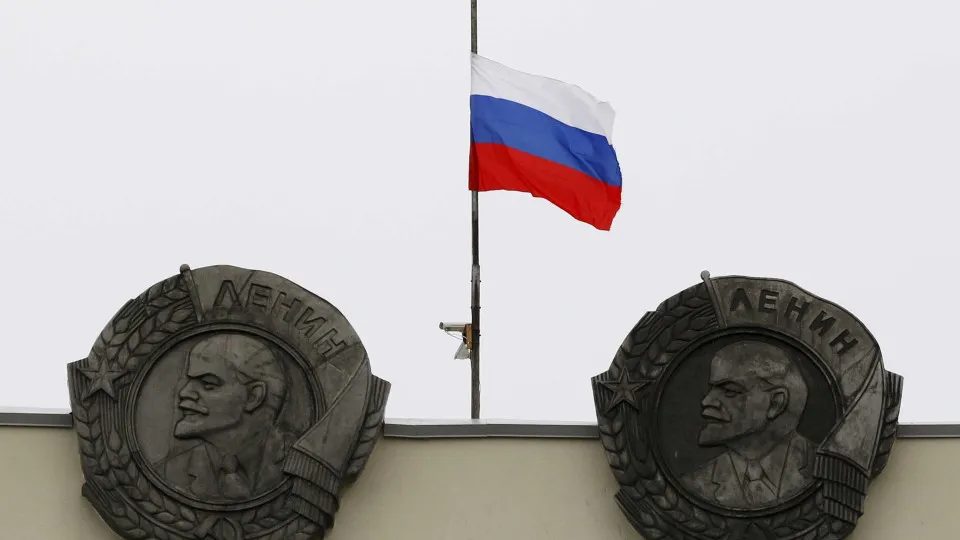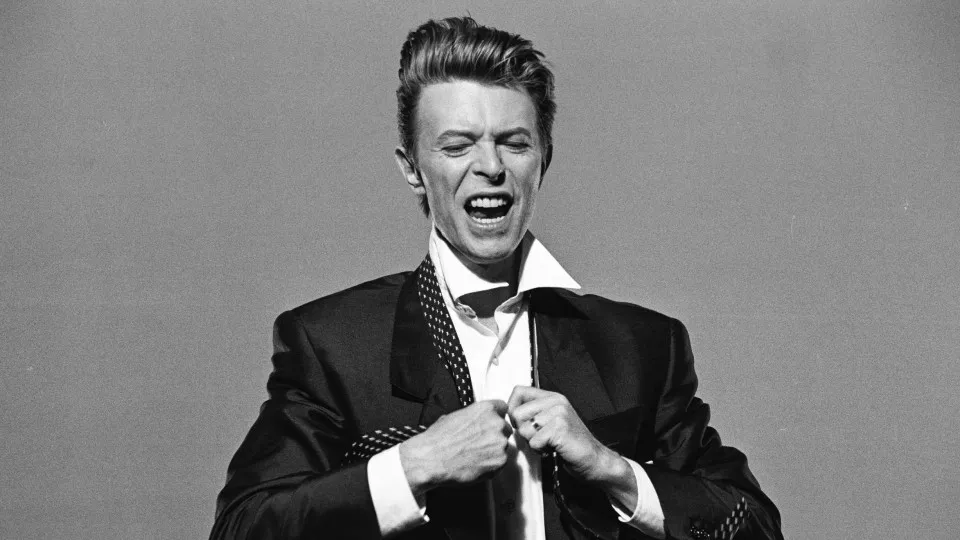
The play ‘Just One More Seagull,’ inspired by Russian playwright Chekhov’s classic, has become the first “repertoire” piece of the company founded by Inês Barahona and Miguel Fragata, who also directs and stars in it, according to Inês Barahona.
Set in a Natural History Museum with thirteen stuffed seagulls, representing the characters from the Russian author’s play, Miguel Fragata performs the text co-written with Inês Barahona, reflecting on their generation as final-year theater students in Porto two decades ago. This work connects their journeys with the original Russian text and its characters.
Emerging from research and interviews leading to parallel artworks, Fragata performs the same text that his 2005 class, in which he was a member, used for their final course project at Porto’s Superior School of Music and Performing Arts (ESMAE).
‘Just One More Seagull’ delves into the expectations those students had for the future two decades ago compared to the present reality.
“Encountering this piece 20 years ago was truly transformative for my classmates and me,” said Miguel Fragata after a rehearsal without the full set and costumes.
The actor noted, “There was a sense that theater could directly interact with life, especially for those young 20-year-olds then.”
Performing Chekhov’s ‘The Seagull’ was particularly poignant at the end of their school term, facing the future, as it resonated deeply, Fragata added.
Over twenty years, Chekhov’s text has remained a vital reference and a labor of love, something that accompanied Fragata as a spectator. He decided to revisit it, wanting to stage it this year.
The production at CCB’s Small Auditorium only materialized once they considered how to approach Chekhov’s play.
“Revisiting this personal connection with the text became urgent, especially now, 20 years later,” Fragata explained.
This ‘dive’ coincides with the anniversary of Fragata and his classmates finishing their course, highlighting the relevance of those days to the current era, he argued.
Examining how this generation reflects world history, enduring substantial global changes, such as crises and wars, led them to explore their youthful dreams for the future.
The CCB performance arises from “a series of meetings and interviews” with 13 final-year students, painting a portrait of each one’s journey, which Fragata deems essential.
“Sometimes amusingly and unexpectedly, these once-imagined destinies collided with reality over the last two decades. This glimpse into their personal and professional trajectories presents a microcosm of contemporary human diversity,” he asserted.
Former ESMAE students now work in tourism, real estate, and there’s a constant career evolution among them, described Fragata.
From the group, Fragata and two others are professional theater practitioners.
“It’s through these matches and mismatches between past dreams and reality over the past 20 years that the play plays out,” Fragata stated, highlighting the absence of melancholy.
While some expected careers in theater, Fragata acknowledges a sense of acceptance—something typical at age 40—of what transpired.
The show includes a parallel exhibition titled ‘Diverse Laridae,’ involving five young visual artists collaborating on Chekhov’s original, relating it to today’s world.
The exhibition opens on September 18, coinciding with the premiere, in the Foyer and Level 0 and 1 corridors of the Small Auditorium, accessible to the public an hour before performances.
Another accompanying piece, the film documentary ‘Seagulls on Land,’ features interviews with the 2005 ESMAE cast, screening on September 27 at 17:00 at the CCB.
By late 2026, the French version ‘Encore une mouette’ will debut at Théâtre du Point du Jour in Lyon, although no date has been set.
Written by Inês Barahona and Miguel Fragata, who also directs and stars, ‘Just One More Seagull’ incorporates original excerpts translated by Fiama Hasse Pais Brandão.
The production features costumes by José António Tenente, sets by Fernando Ribeiro, and music by Hélder Gonçalves.
Lighting and sound are designed by Rui Monteiro and Nelson Gonçalves, respectively.
The play is scheduled for performances on September 19, 25, and 26 at 20:00; September 20 and 27 at 19:00; and September 21 and 28 at 17:00.
On September 19, 21, 25, and 27, performances include Portuguese Sign Language interpretation.




